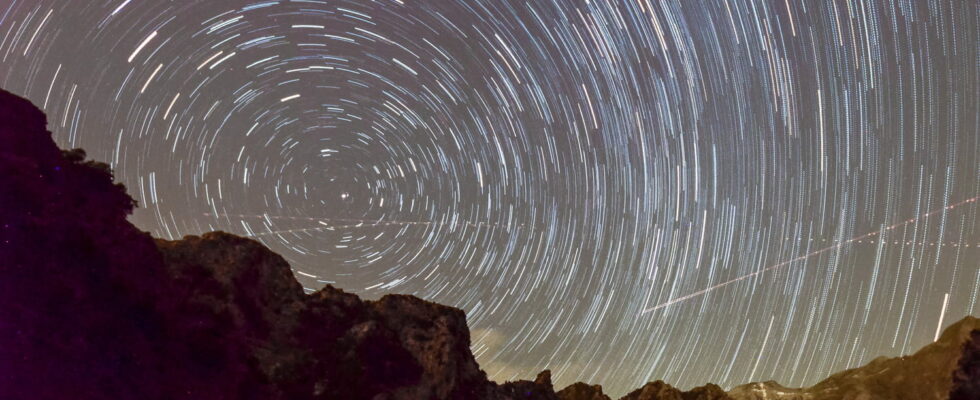The North Star allows you to find the north, whatever the time of night or the time of year. Here is a simple and effective method to recognize this emblematic star.
A celestial landmark par excellence, the North Star has the particularity of always indicating the direction of the north. This specificity makes it a point of reference used since the dawn of time to orient oneself without any means of navigation. Often confused with the Shepherd’s Star which is none other than the planet Venus, the North Star is not extremely bright, although it is the brightest in the constellation of the Little Bear. It is easy to identify among the other stars, but you still have to know in which corner of the sky to direct your gaze!
There is a simple trick to locate the North Star, visible only in the northern hemisphere. Start by finding the constellation of the Big Dipper. Once you have identified its characteristic chariot shape, locate Merak and Dubhe, the two stars that form the side of the pan opposite the handle. Transfer the distance between these two stars five times to the top of the pan following a straight line and you will come across a star. This is the North Star, which also belongs to the constellation of the Little Dipper, marking the tip of its tail.

The North Star is located almost on the Earth’s axis of rotation. This is why it remains motionless in the sky despite the rotation of our planet. With this trick, you will be able to recognize the constellation of the Little Bear, which rotates hour after hour around the North Star like all the other stars in the sky.
If you are into photography, you can also immortalize the rotation of the stars in the sky by pointing your lens at the North Star and taking multiple long exposures. You will need to use the “Long Exposure” exposure setting on your camera in manual mode by setting the focus to infinity and trying an exposure of about 30 minutes.
